Ricardo Gamelas Sousa
A Hierarchical Deep Learning Natural Language Parser for Fashion
Jun 25, 2018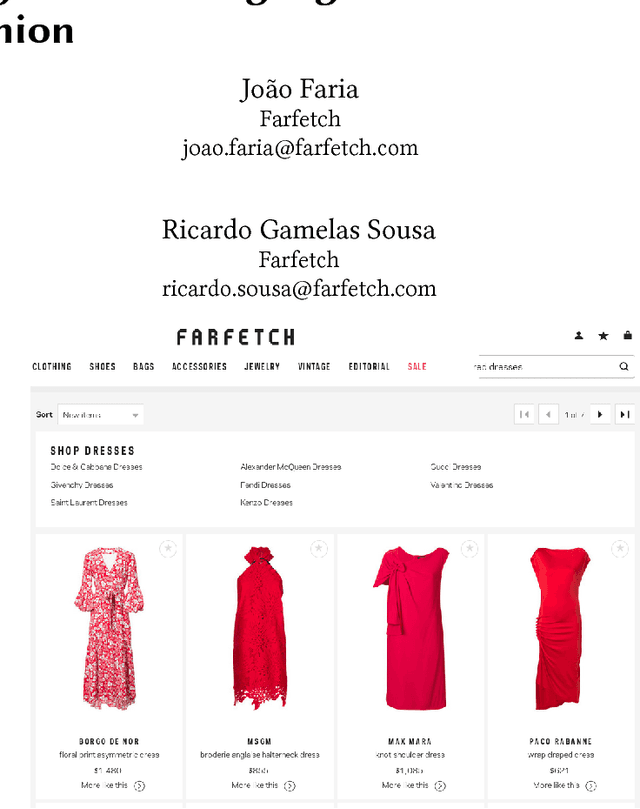


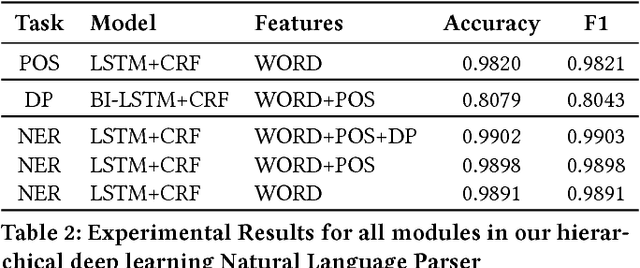
Abstract:This work presents a hierarchical deep learning natural language parser for fashion. Our proposal intends not only to recognize fashion-domain entities but also to expose syntactic and morphologic insights. We leverage the usage of an architecture of specialist models, each one for a different task (from parsing to entity recognition). Such architecture renders a hierarchical model able to capture the nuances of the fashion language. The natural language parser is able to deal with textual ambiguities which are left unresolved by our currently existing solution. Our empirical results establish a robust baseline, which justifies the use of hierarchical architectures of deep learning models while opening new research avenues to explore.
A Unified Model with Structured Output for Fashion Images Classification
Jun 25, 2018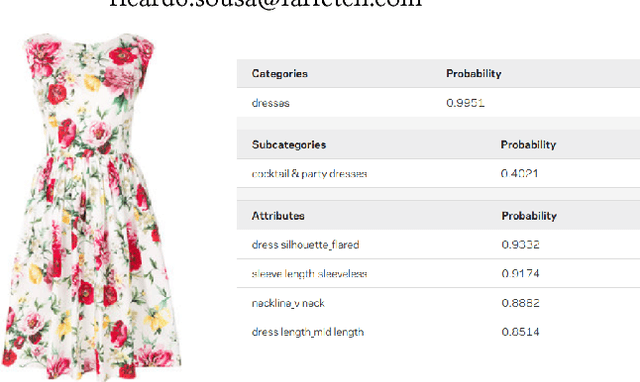
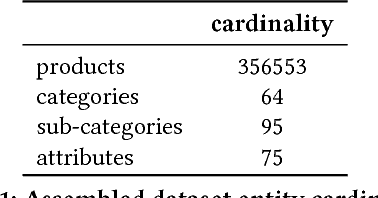
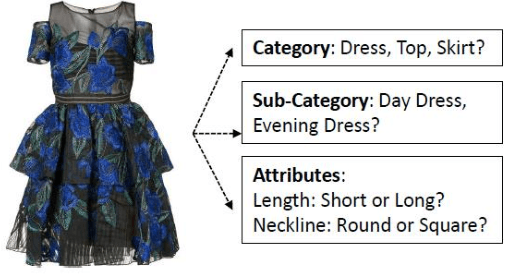
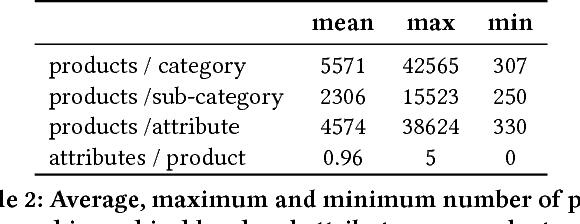
Abstract:A picture is worth a thousand words. Albeit a clich\'e, for the fashion industry, an image of a clothing piece allows one to perceive its category (e.g., dress), sub-category (e.g., day dress) and properties (e.g., white colour with floral patterns). The seasonal nature of the fashion industry creates a highly dynamic and creative domain with evermore data, making it unpractical to manually describe a large set of images (of products). In this paper, we explore the concept of visual recognition for fashion images through an end-to-end architecture embedding the hierarchical nature of the annotations directly into the model. Towards that goal, and inspired by the work of [7], we have modified and adapted the original architecture proposal. Namely, we have removed the message passing layer symmetry to cope with Farfetch category tree, added extra layers for hierarchy level specificity, and moved the message passing layer into an enriched latent space. We compare the proposed unified architecture against state-of-the-art models and demonstrate the performance advantage of our model for structured multi-level categorization on a dataset of about 350k fashion product images.
Stacked Denoising Autoencoders and Transfer Learning for Immunogold Particles Detection and Recognition
Dec 07, 2017



Abstract:In this paper we present a system for the detection of immunogold particles and a Transfer Learning (TL) framework for the recognition of these immunogold particles. Immunogold particles are part of a high-magnification method for the selective localization of biological molecules at the subcellular level only visible through Electron Microscopy. The number of immunogold particles in the cell walls allows the assessment of the differences in their compositions providing a tool to analise the quality of different plants. For its quantization one requires a laborious manual labeling (or annotation) of images containing hundreds of particles. The system that is proposed in this paper can leverage significantly the burden of this manual task. For particle detection we use a LoG filter coupled with a SDA. In order to improve the recognition, we also study the applicability of TL settings for immunogold recognition. TL reuses the learning model of a source problem on other datasets (target problems) containing particles of different sizes. The proposed system was developed to solve a particular problem on maize cells, namely to determine the composition of cell wall ingrowths in endosperm transfer cells. This novel dataset as well as the code for reproducing our experiments is made publicly available. We determined that the LoG detector alone attained more than 84\% of accuracy with the F-measure. Developing immunogold recognition with TL also provided superior performance when compared with the baseline models augmenting the accuracy rates by 10\%.
Distribution-Based Categorization of Classifier Transfer Learning
Dec 06, 2017

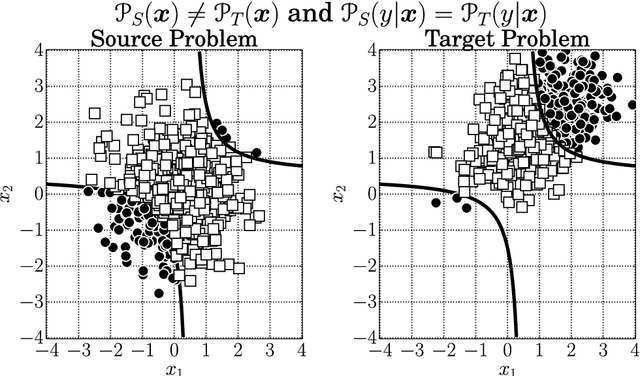
Abstract:Transfer Learning (TL) aims to transfer knowledge acquired in one problem, the source problem, onto another problem, the target problem, dispensing with the bottom-up construction of the target model. Due to its relevance, TL has gained significant interest in the Machine Learning community since it paves the way to devise intelligent learning models that can easily be tailored to many different applications. As it is natural in a fast evolving area, a wide variety of TL methods, settings and nomenclature have been proposed so far. However, a wide range of works have been reporting different names for the same concepts. This concept and terminology mixture contribute however to obscure the TL field, hindering its proper consideration. In this paper we present a review of the literature on the majority of classification TL methods, and also a distribution-based categorization of TL with a common nomenclature suitable to classification problems. Under this perspective three main TL categories are presented, discussed and illustrated with examples.
 Add to Chrome
Add to Chrome Add to Firefox
Add to Firefox Add to Edge
Add to Edge